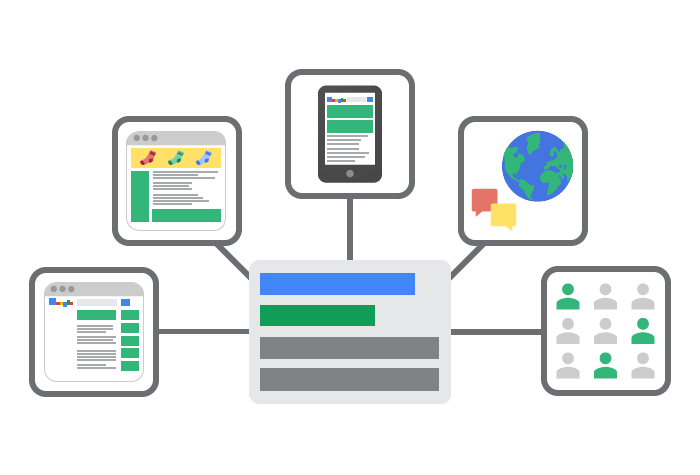Weather patterns are changing. We’ve all seen, felt, and commented on how the weather is “strange.” Most recently people across the nation have seen and witnessed firsthand nature’s wrath. This change in weather has brought disastrous storms and played havoc on people’s lives and livelihood. In May 2011, it was the EF5 tornado that swept through the Midwestern city of Joplin, MO, and most recently it was superstorm Sandy, which hit the eastern seaboard the end of October 2012.
It’s devastating to all those involved when disasters hit. We see the devastation and heartache placed upon individuals, their families, and businesses; we feel their pain. We see how individuals are affected, but how are virtual offices and ecommerce affected from such storms as Sandy?
Difficulties Arise
Technical companies seem to weather most natural storms with ease. When one server location is down another, in a different location, takes over and when employees aren’t able to make it into the “office” they work remotely with a laptop. But it was different this time.
Modifications Made
With widespread power outages, those affected by the storm and working in virtual offices had to seek locations that had power. People worked from their homes, their friends’ homes, their relatives’ homes, and just about anywhere they could as long as there was power and the Internet. Customers were notified of possible delays due to the storm, and notices were made on business websites. Finding this commodity to carry on with business as usual was half the battle. Roads and subways were flooded making travel difficult.
Enterprises with ecommerce platforms that were able to operate via remotely and later after their power was reestablished continued their e-business pretty much as normal: orders taken, payments received, correspondents made. Where it wasn’t as easy was in the shipping and receiving end of the business.
Physical Complications
The physical aspect of e-businesses may possibly have been the most affected and by far the hardest to get back to running normally. The storm put a halt to warehouse production. Inventory couldn’t be received nor shipped. Warehouses were shut down; warehouses lacked everything it took to conduct business: power, Internet, and workers. Although, it was reported that some of the e-commerce warehouses were able to conduct business by running on generators and flashlights.
However, for the most part, when warehouses were up and running again, they were behind. Hosted shopping cart orders continued coming in, but not necessarily out. Orders were handled as fast as possible. Many workers were known to have worked double shifts to in order to get orders out.
Resilient
People persevere through thick and thin. They survive. They make do and they come back stronger than before. People have come together trying to put their lives back in order and will do what it takes in order to make that happen. That’s exactly what ecommerce businesses plan to do as well. Holiday shopping is just around the corner and they hope to participate as they had planned.
Cathy Crilley West is a freelance writer who writes on a multitude of subjects.



